Dancing in nostalgia
The Punjabi music and dance festival brought back traditional folk celebration into the limelight.
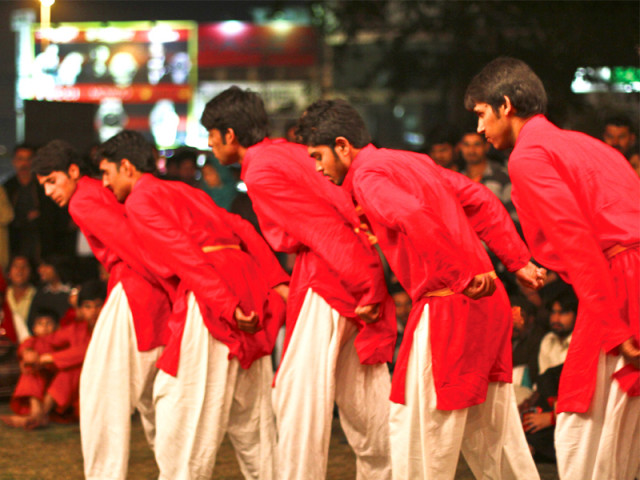
Music and dance is to every Punjabi, what water is to a fish — integral, essential and as fundamental as breathing. Recently, a Punjabi music and dance festival was arranged on February 21 by the theatre group Punjab Lok Rahs in order to promote the cultural richness and heritage of this region.
With performers flown in from all across the country, swaying to wonderful Punjabi tunes, dressed in their colourful costumes, the event was a true testament to the beauty of Punjabi culture. From the internationally adored Bhangra style to the shaadi favourite Luddi to the lesser known categories like Jhoomer, Giddha, Dankaara, Malwai Giddha, Ghoomer, Dharees, Kikkli, Sammi, Gatka, Dhammal and Julli, the festival welcomed folk dances from all provinces while giving special attention to Punjab.
The aura was submerged in an air of nostalgia — forcing the audience to think of the wonders that could be lost with the quickly changing dynamics of the society. Zahoor Hussain, an international folk performer from Jhang, who was talking part in the festival, talked about the neglect felt by talented folk performers and the overall desertion of the art form. “People have forgotten Punjabi culture. Although in the rural areas it’s still highly regarded and alive in many ways, in urban areas people have moved on,” said Hussain. However, he blames this changing trend to the influx of different forms of dance and music which has been imported from other cultures.
Emotional aspects of Punjabi folk dance
What sets Punjabi folk dance apart from contemporary dance forms is that there is a thought and emotion entangled with every type of folk dance. When it comes to Punjabi folk dance, the songs are depended on three emotions — celebration, war and sadness. Celebration songs are fast-paced while war dances were structured and slow. According to Hussian, bhangra, for instance, is deeply connected to the life of the farmer who toils in the fields. “Bhangra is based on the different steps a farmer performs during the harvesting process.”
Punjabi music vs Punjabi folk music
Hoat explains that the modern Punjabi music has not connected with masses nearly as much as Punjabi folk music has. Despite this, the efforts to incorporate folk music and promote it have been limited so far. He feels that this is the reason why classical singers such as Ustad Dadi Ali Khan have gone unnoticed. Although fusion of different dance and music styles has been popular recently, originality of such art forms needs to stay intact.
Strong belief system behind Punjabi culture
For Hoat, Punjabi culture was not just dance and music. There was an underlying belief system and rich identity which has been forgotten in the new interpretation of Punjabi culture. He said that women were once well-respected and an important part of society. However, this has changed and now society is generally more male-dominated. It’s surprising that these positive elements of culture are often forgotten and not applied in modern times.
The real identity of Pakistan
Taking a look at the harmonious and well-choreographed dances all around, famed classical dancer Nighat Chaudhry said, “This is the real culture of Pakistan, this is what we stopped doing, this should make us want to end violence.” Chaudhry, whose students were performing at the festival, added, “No matter what anyone says, these customs and traditions can never die and with festivals like these taking place regularly, they can be preserved and can stay alive forever.”
Published in The Express Tribune, February 23rd, 2012.

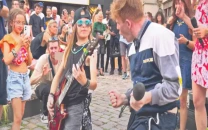
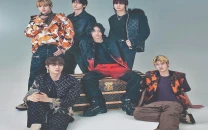


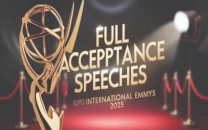

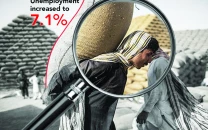
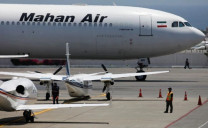
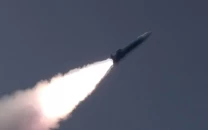








COMMENTS
Comments are moderated and generally will be posted if they are on-topic and not abusive.
For more information, please see our Comments FAQ